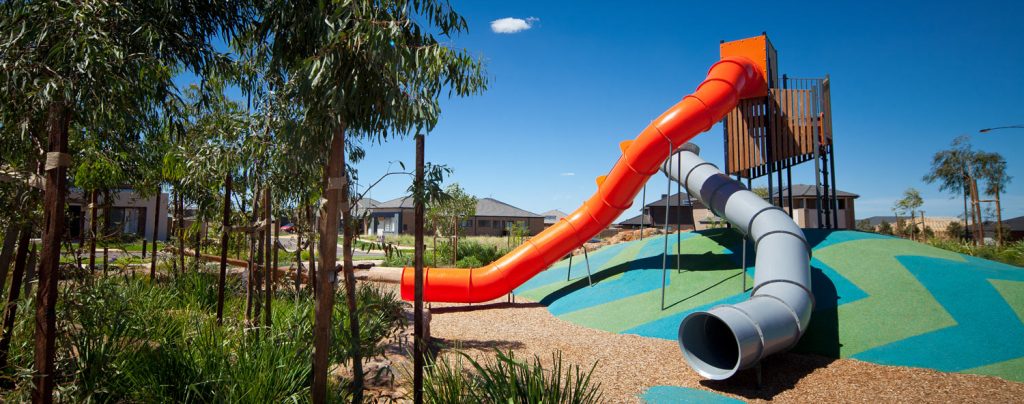What Makes a Play Area Safe?
Outdoor play areas offer children exercise, fun and the opportunity to socialize while taking in some fresh air and sunlight. However, subpar structures should not ruin their enjoyment.
If you are looking to have a play area in your premises or an outdoor recreation professional, you have to make sure that these safety measures are present and implemented in the play area.
Age appropriate play
Before you get in touch with play area manufacturers, you have to establish the age range of the children who’ll be using the area.
If you are going to accommodate children aged 6 months to 23 months, the play area should provide spaces where they can move and explore away from older peers. Kids of this age group are mainly driven by sensory development, and will explore the environment with their eyes, feet, hands, mouths and torsos.
They need places to stand, walk, sit up, crawl and pull up. Examples of play area equipment appropriate for them are ramps, low crawl tunnels, activity panels, ramps and swings with full bucket seats.
For preschool aged children (2 to 5 years old), they need an area that is physically challenging but appropriate for their size. They need play activities that facilitate socialization and fine motor skills. Their area can have equipment like short slides, small see-saws, flexible spring rockers, crawl tunnels, stairways, sand areas with covers, and tricycle paths with different textures.
School-age kids from 5 to 12 years old are rapidly learning and developing their skills. They advance to more complex play and seek increased levels of physical challenges. They have to constantly refine their fine and gross motor skills, strength, balance and coordination. They find ways to incorporate elements into activities, such as competitions and imaginative games. Appropriate play areas for them include rope or chain climbers on angles, slides and sliding poles, tire swings, sports equipment and open spaces to run and play ball.
Equipment safety
Swings have to be made of soft material, such as plastic and rubber, and not metal or wood. Younger children have to be buckled into swings if buckles are available.
The play area has to be built on proper fall surfaces, such as loose fill materials that are maintained at 30 cm minimum to decrease the risk of an injury. Unacceptable fall surfaces for a play area include dirt, grass and cement, which increase the chance for severe injuries.
The equipment have to maintain appropriate temperatures, especially metal slides, barriers, poles and surfaces. They should not heat up in the sun easily and get hot enough to burn anyone coming in contact with it.
As an administrator, check on the structures regularly. Inspect for signs of deterioration, splinters on wooden parts, cracks or melting in plastic and rust. These issues arise over time, so you must check and re-check on a regular basis. Tell the parents and other supervisors to check the area before letting kids play and to report maintenance issues immediately.
Making sure that the play area is safe does not end once you have built it. You need to assess it regularly, do maintenance checks, and upgrade and repair whenever necessary. It takes a community to raise a child, so you should constantly work hand-in-hand with parents, caregivers, local authorities and even the children to ensure maximum safety.




